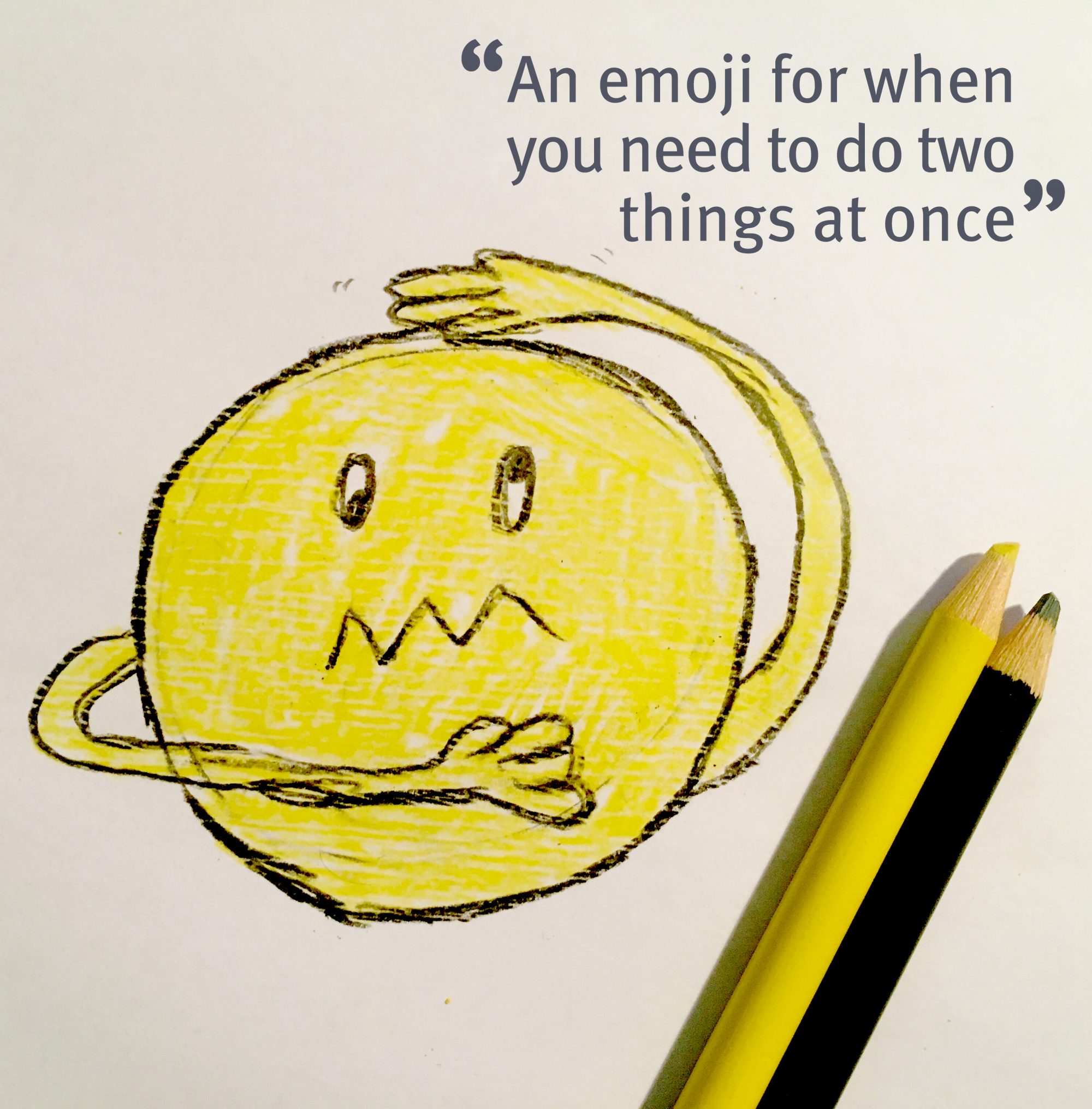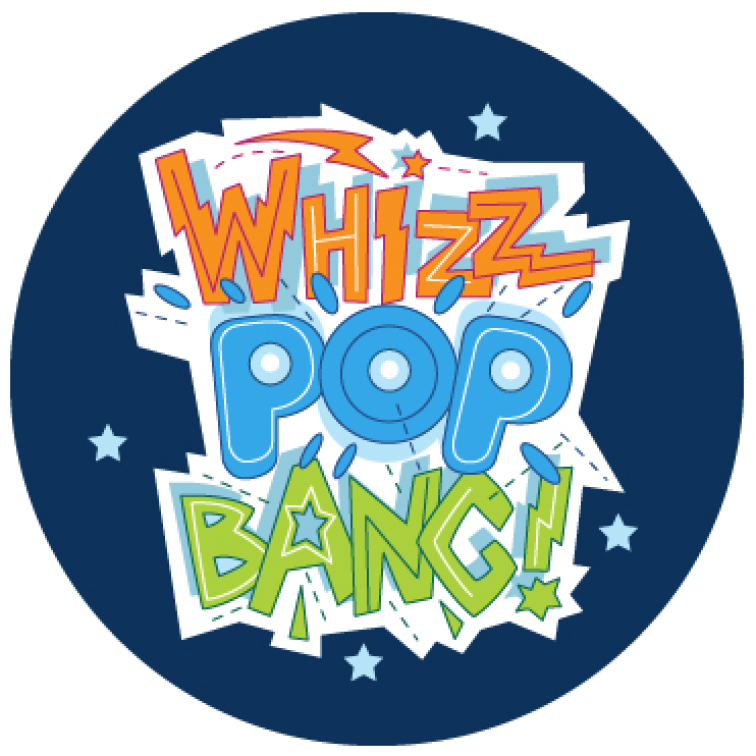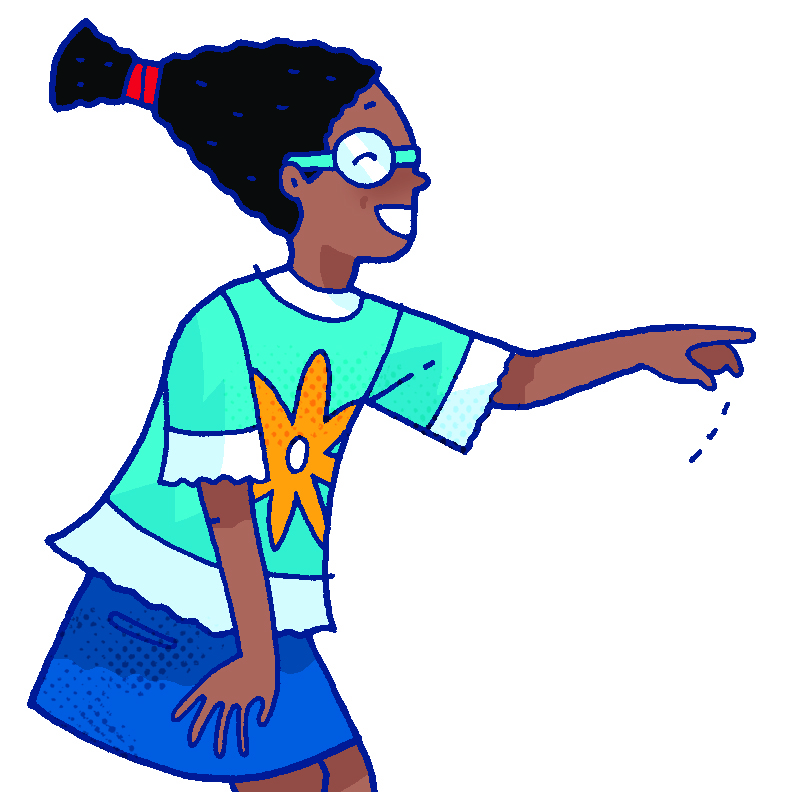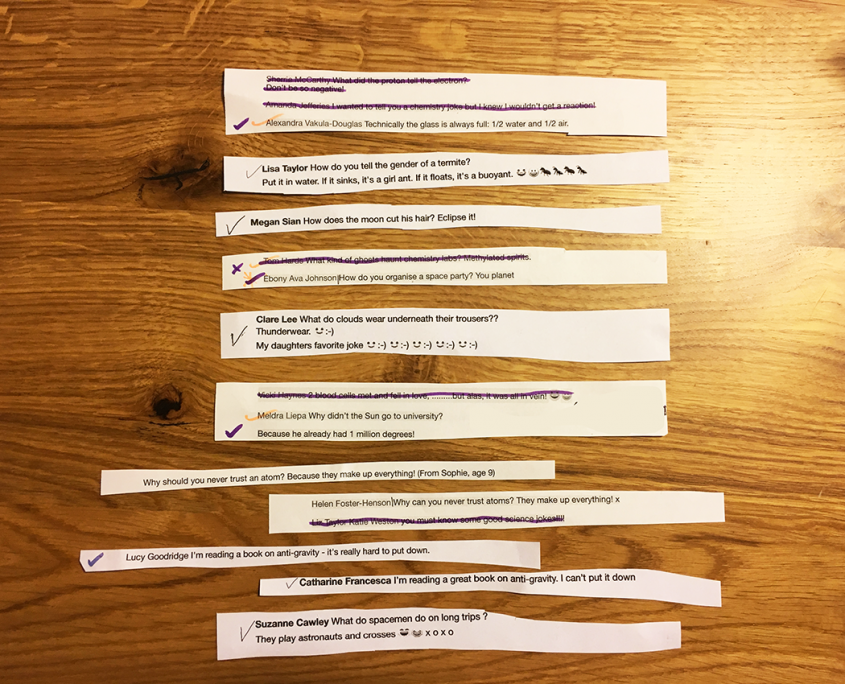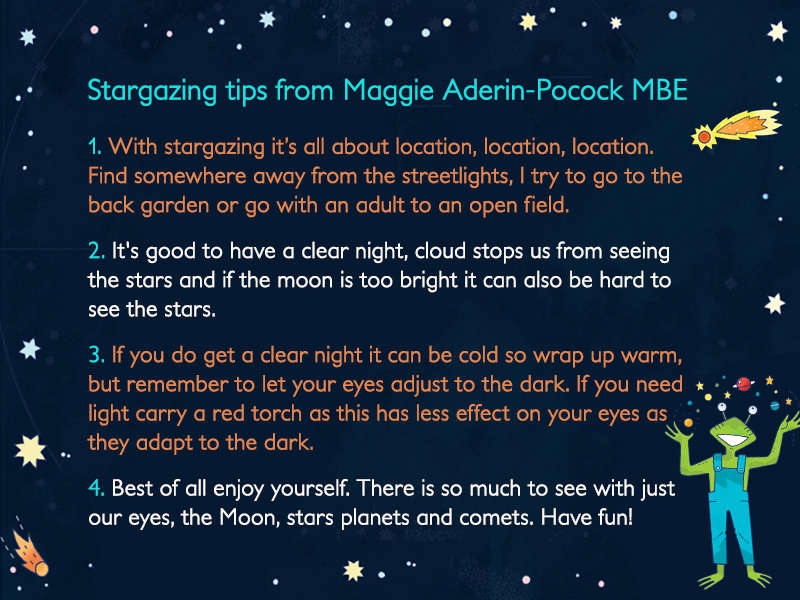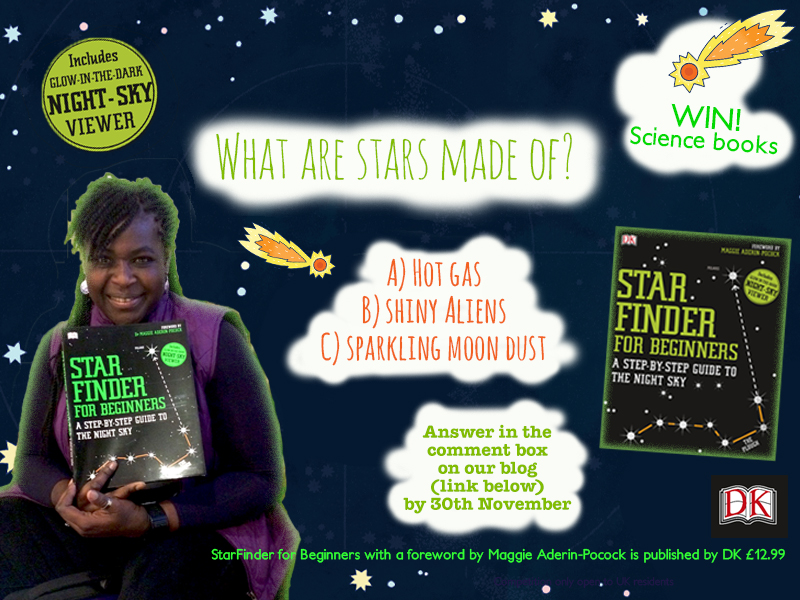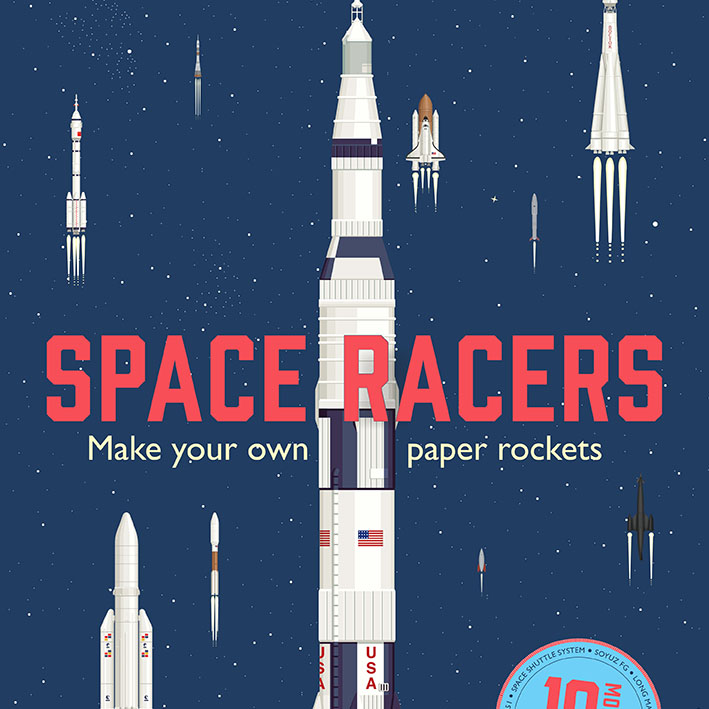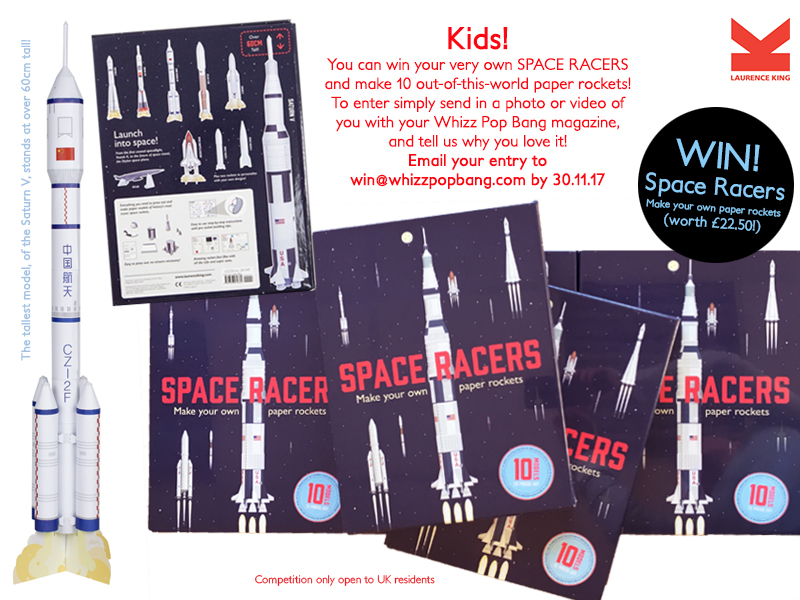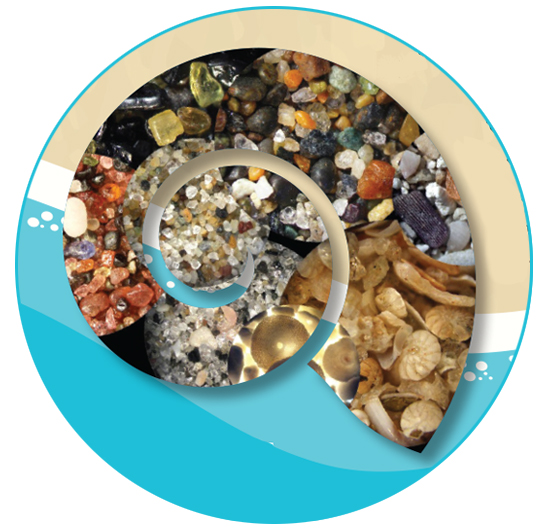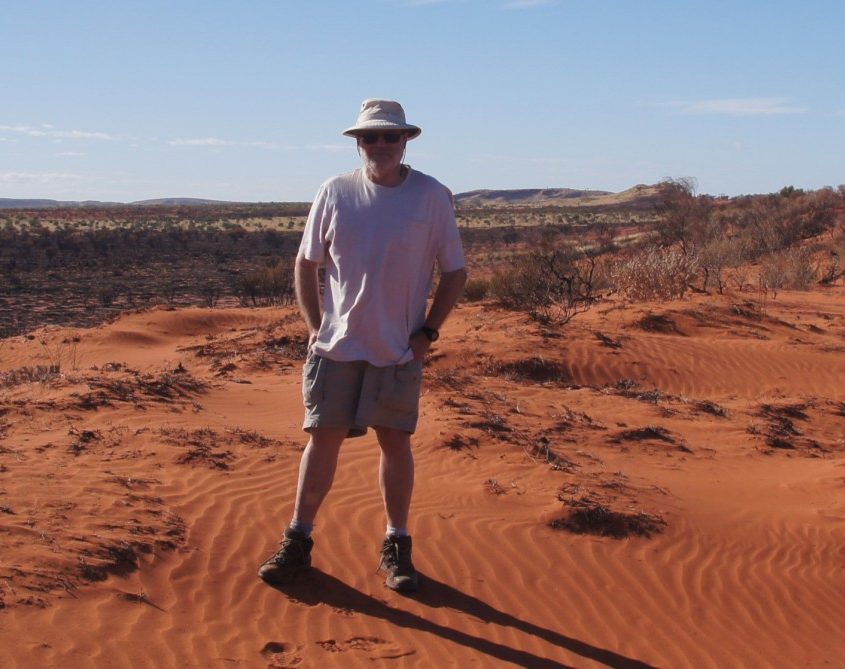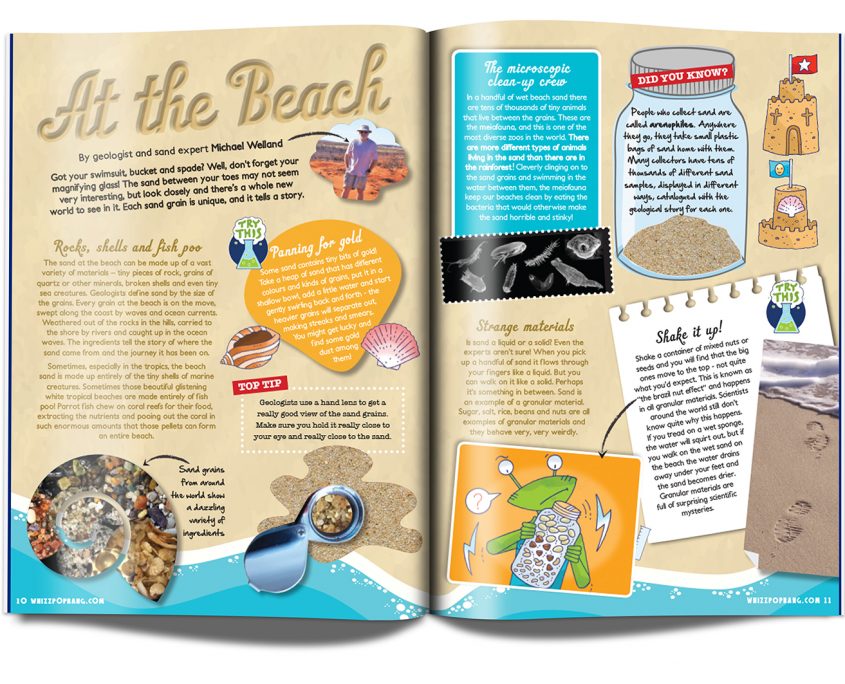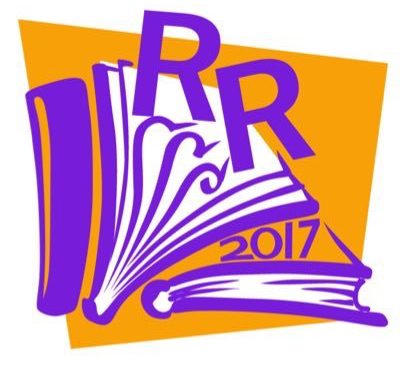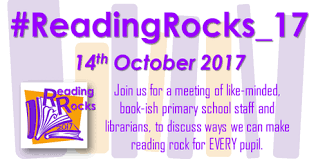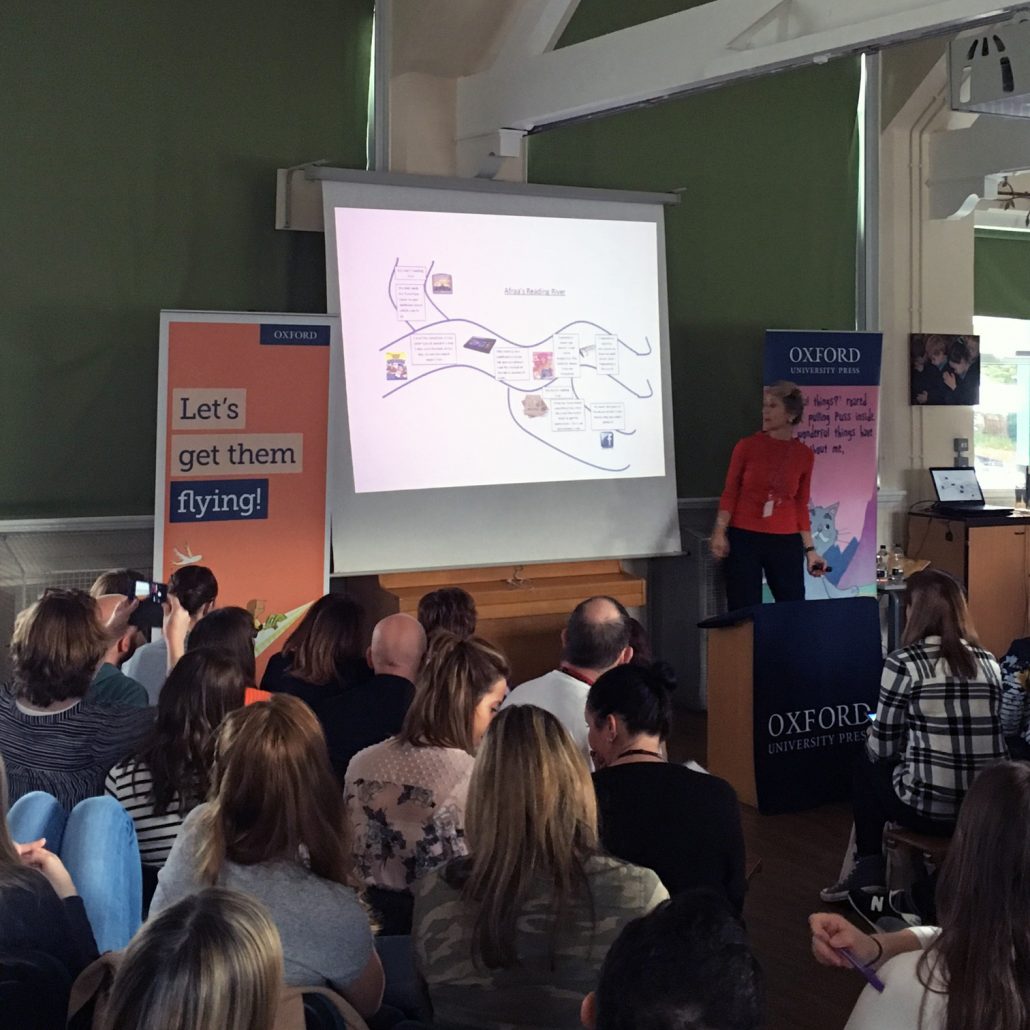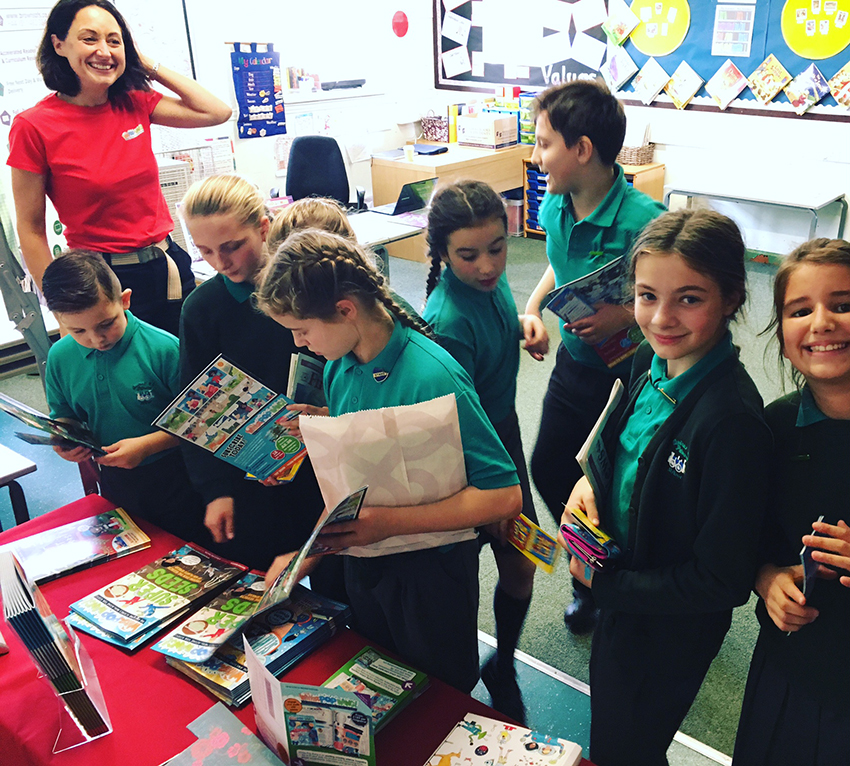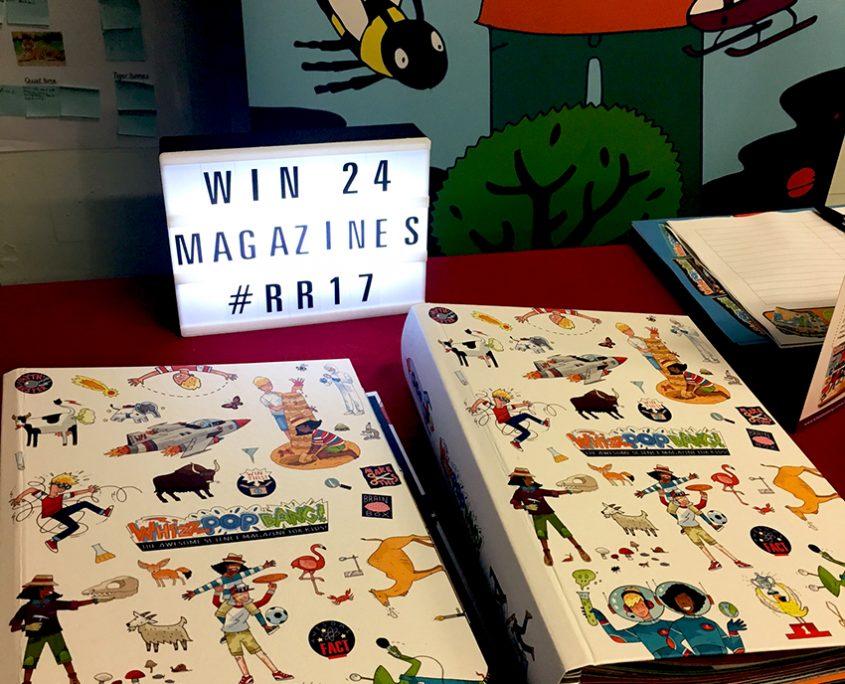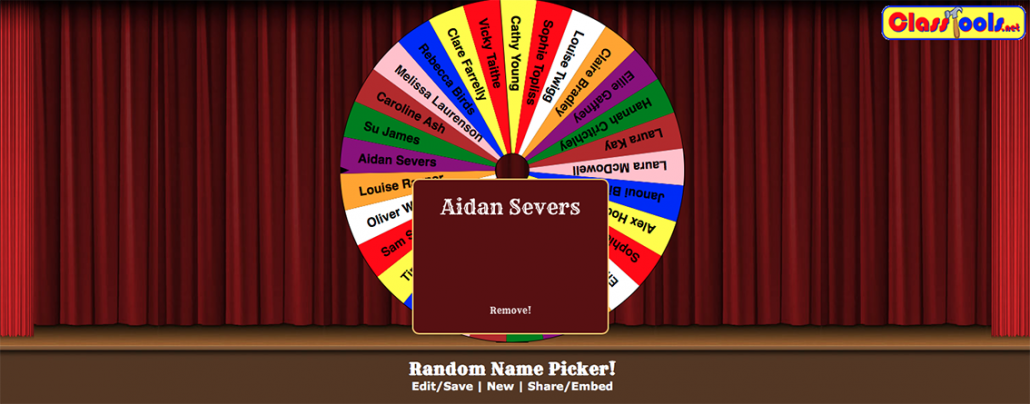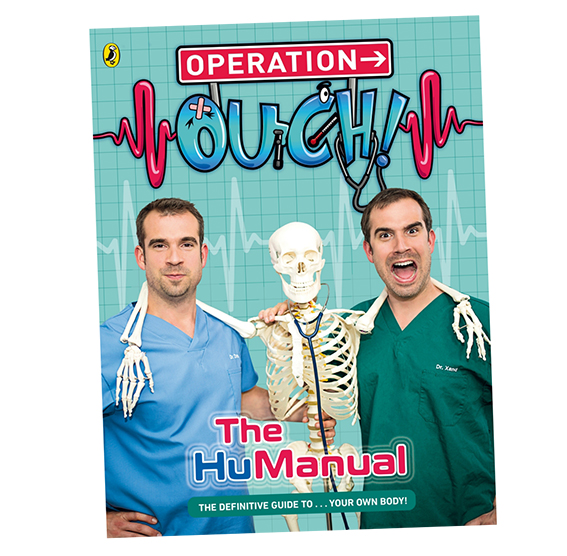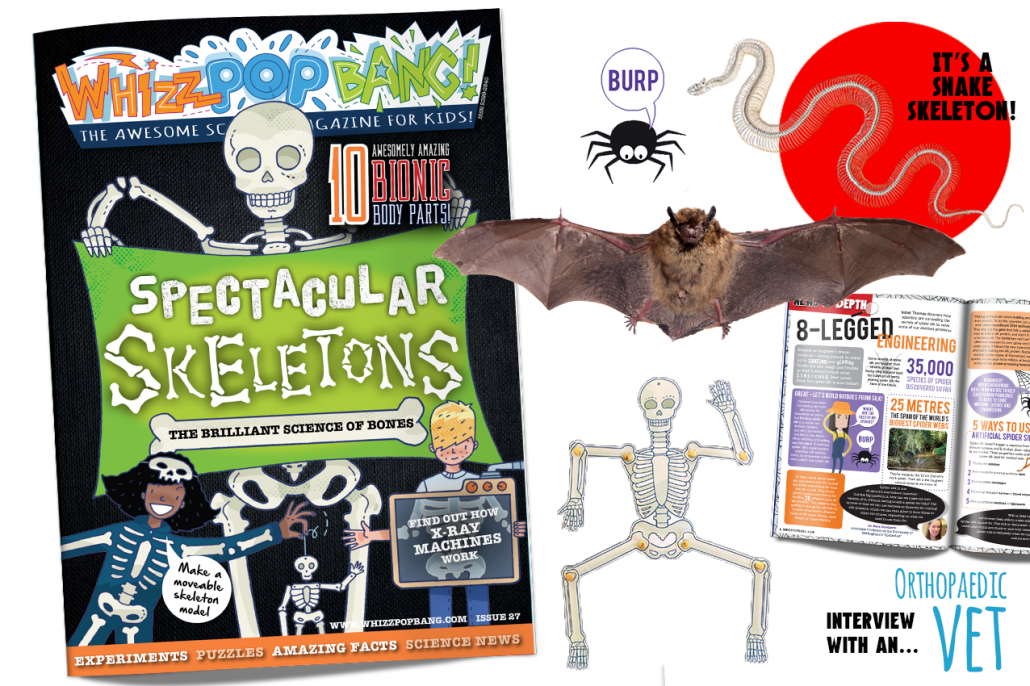We have news of a fun competition for emoji-lovers! This competition is run by the Royal Institution in conjunction with the Christmas lectures this year…

Design an emoji for Christmas Lecture Professor Sophie Scott!
Emojis are changing the way we communicate online. We’re all using them and we all have our favourites. But sometimes there’s a situation, feeling or object that doesn’t have an emoji and it really, really needs one! Now’s the chance for you and your children to give the world the emoji you’ve always dreamed of!
To mark the 2017 CHRISTMAS LECTURES from the Royal Institution, they’re asking people of all ages to design an emoji and share why it is missing in the world.

It’s a fun and easy way for kids to do a science-related activity, and links to this year’s CHRISTMAS LECTURES where the amazing Prof Sophie Scott will reveal the wonderful ways we and animals communicate – emoji’s will be right in the mix!
So look out for the CHRISTMAS LECTURES on BBC Four between Christmas and New Year
Go to http://www.rigb.org/emoji to find out more and submit your emoji ?
The closing date is 5pm, Friday 15 December. You’ll start to see emojis featured on the Ri website and social media from 1 December onwards. So be sure to check back to see if yours has made it into the emoji hall of fame.

